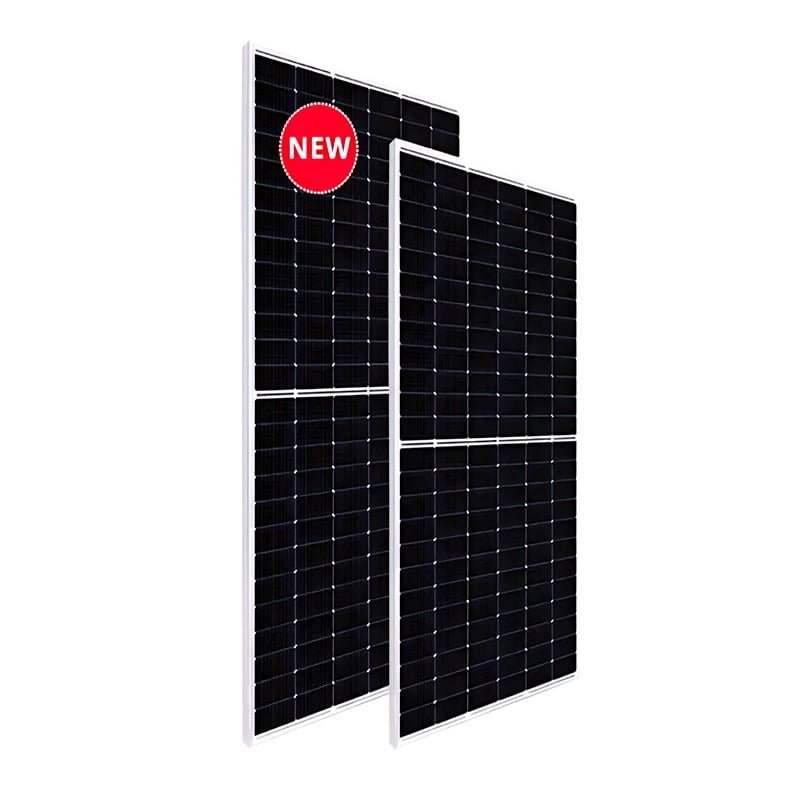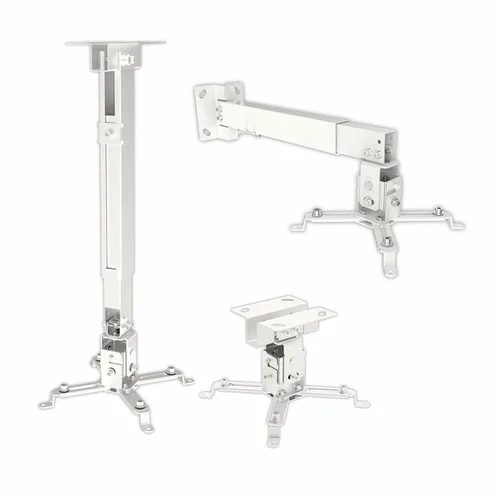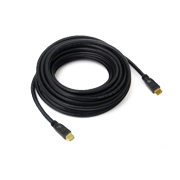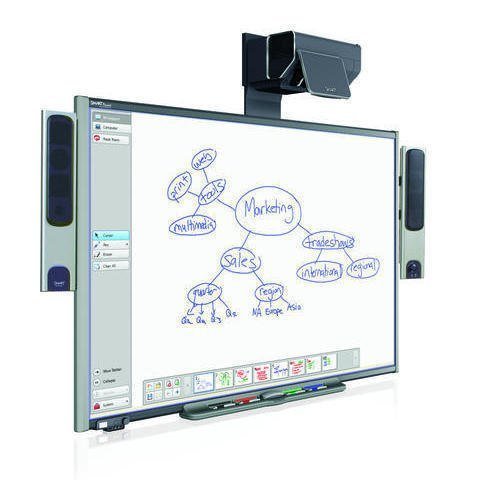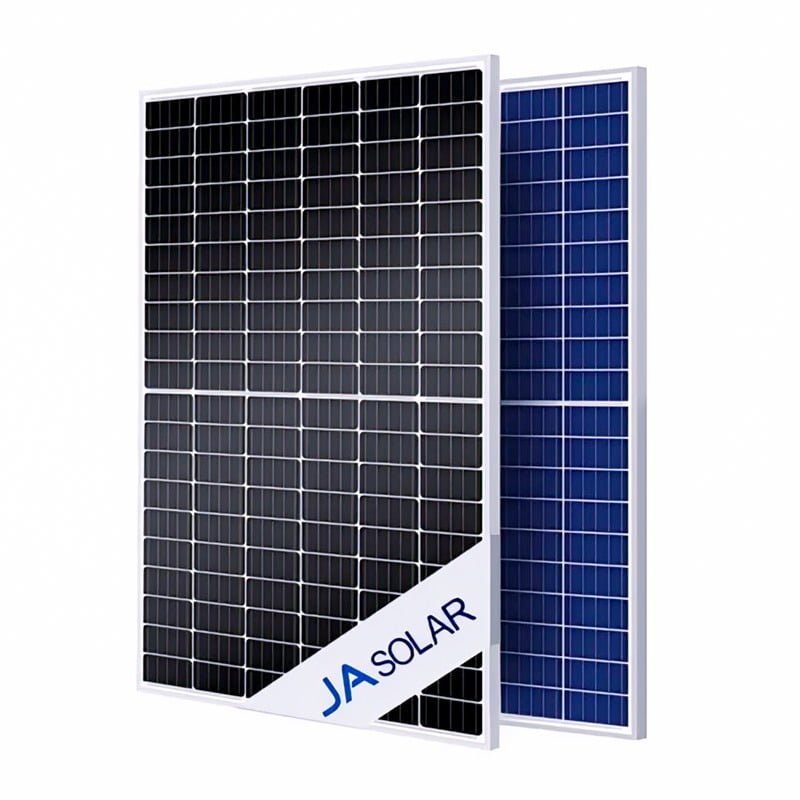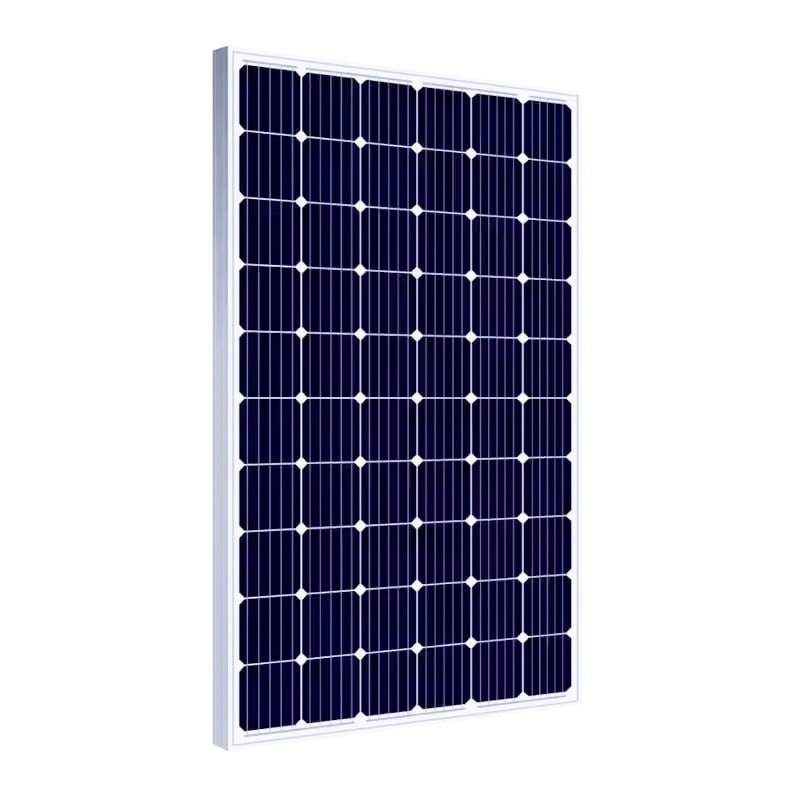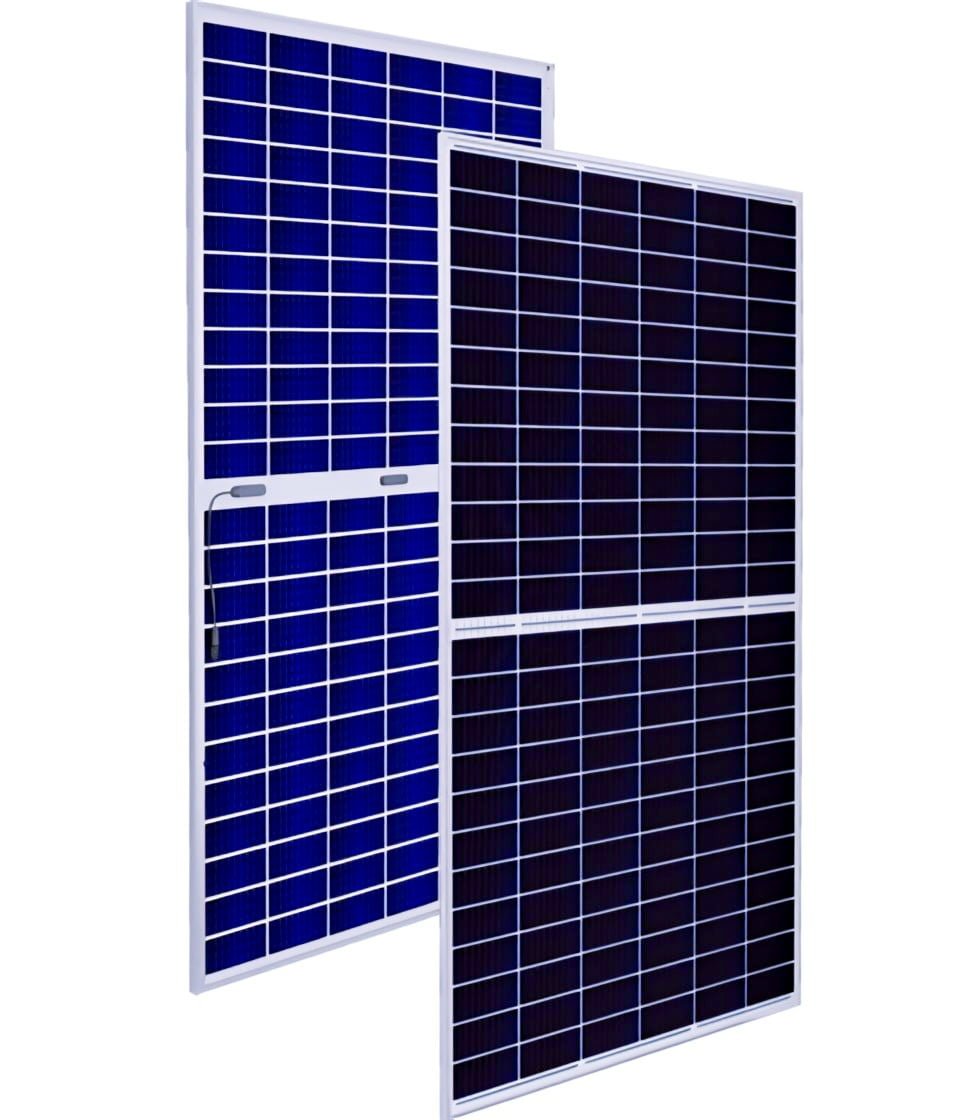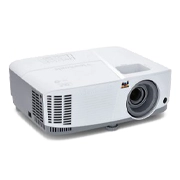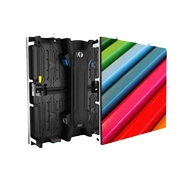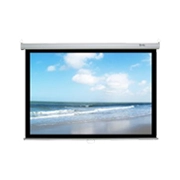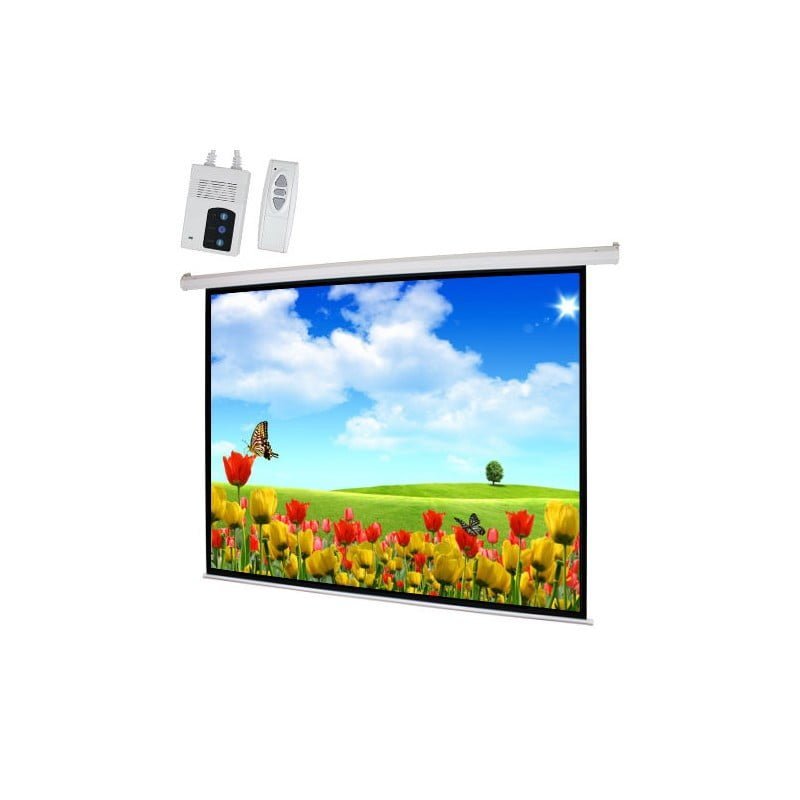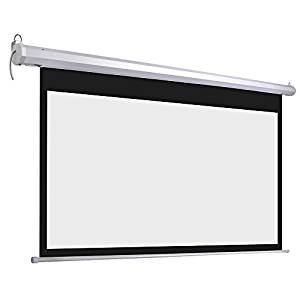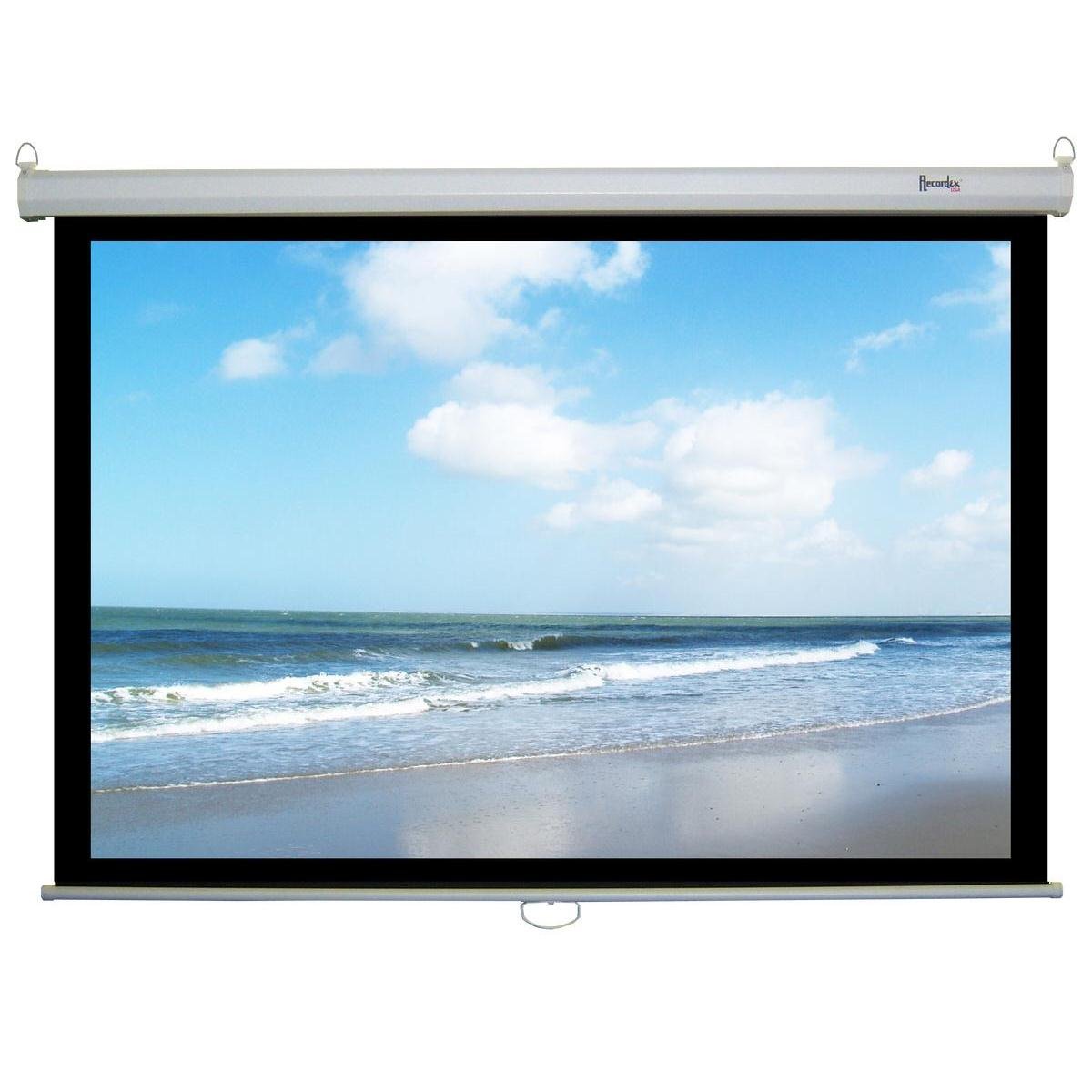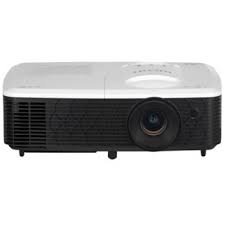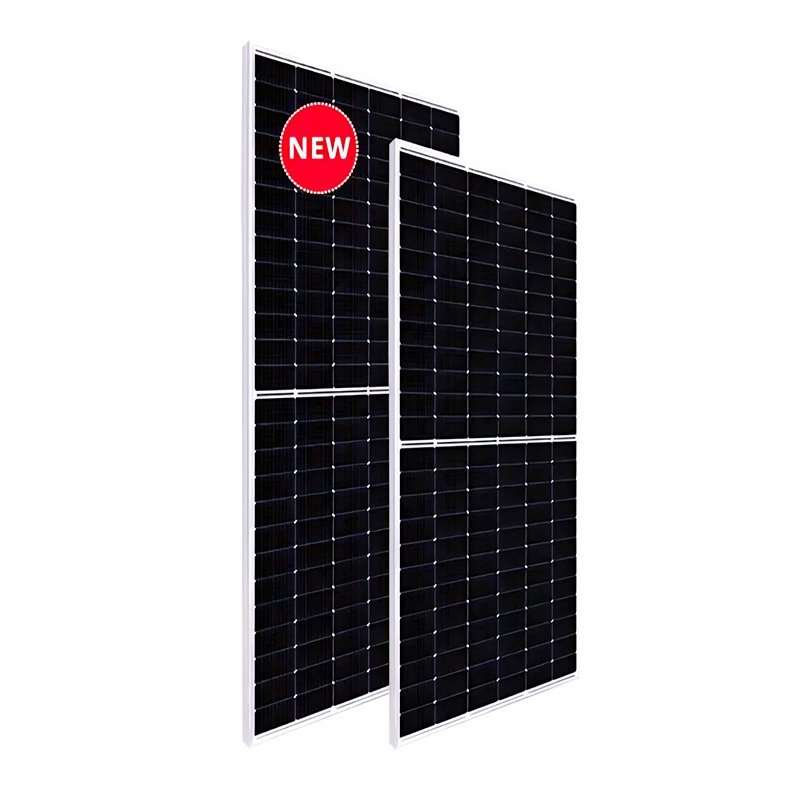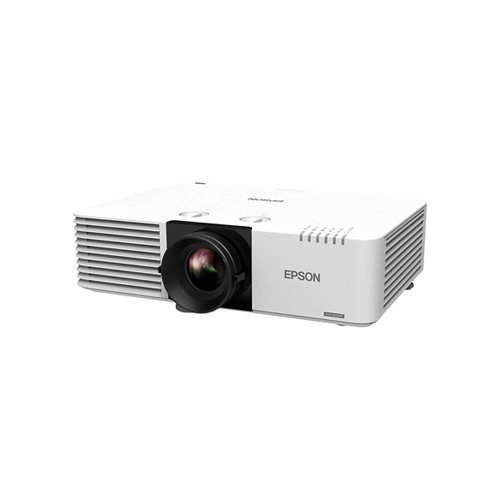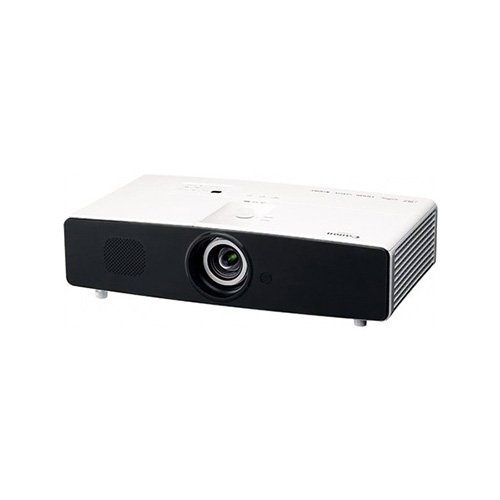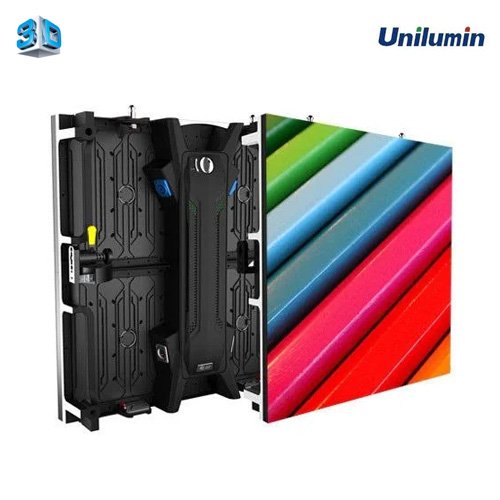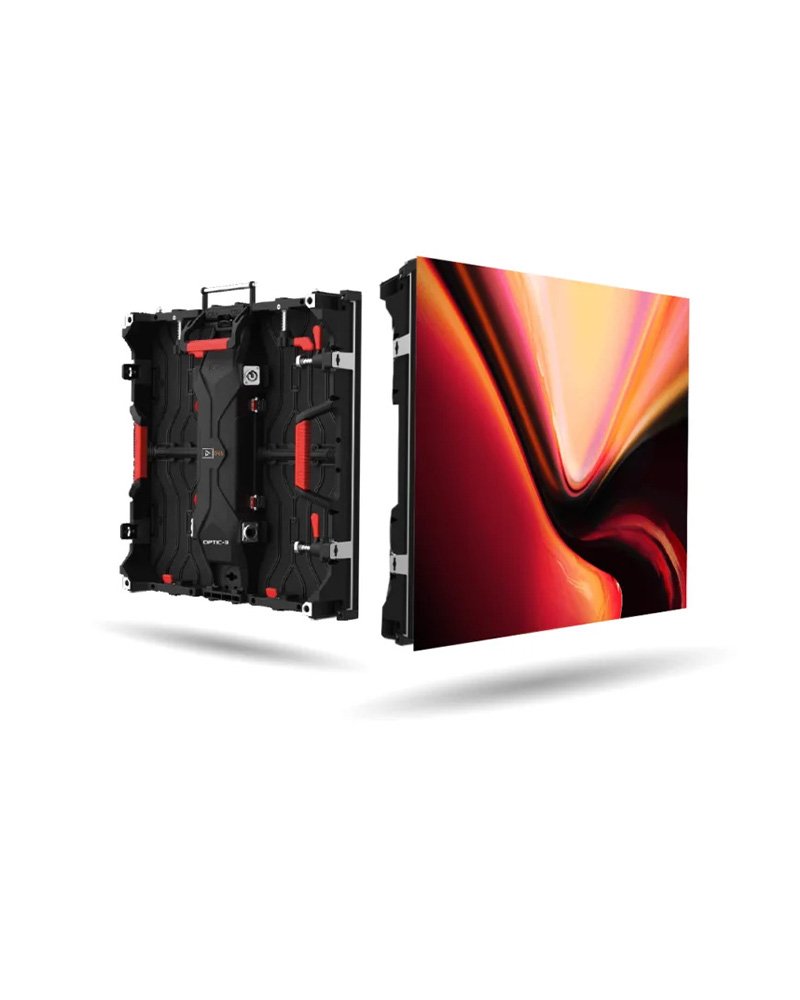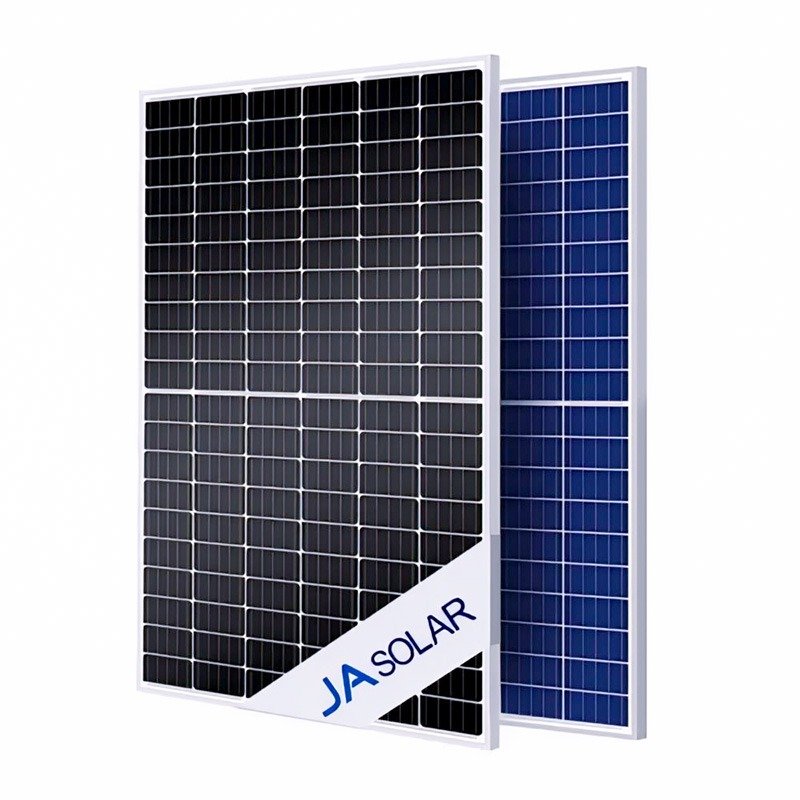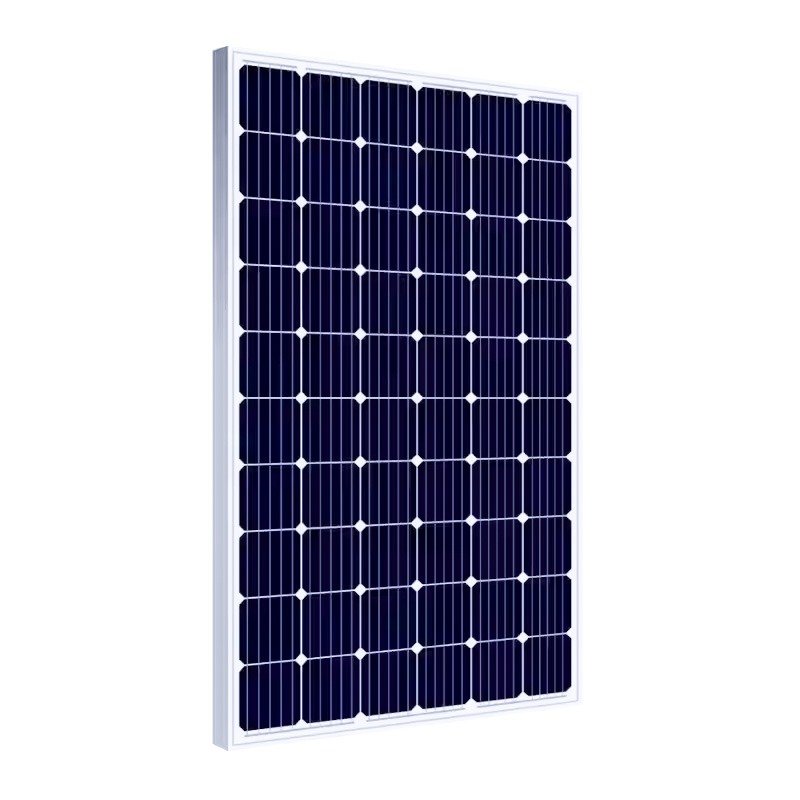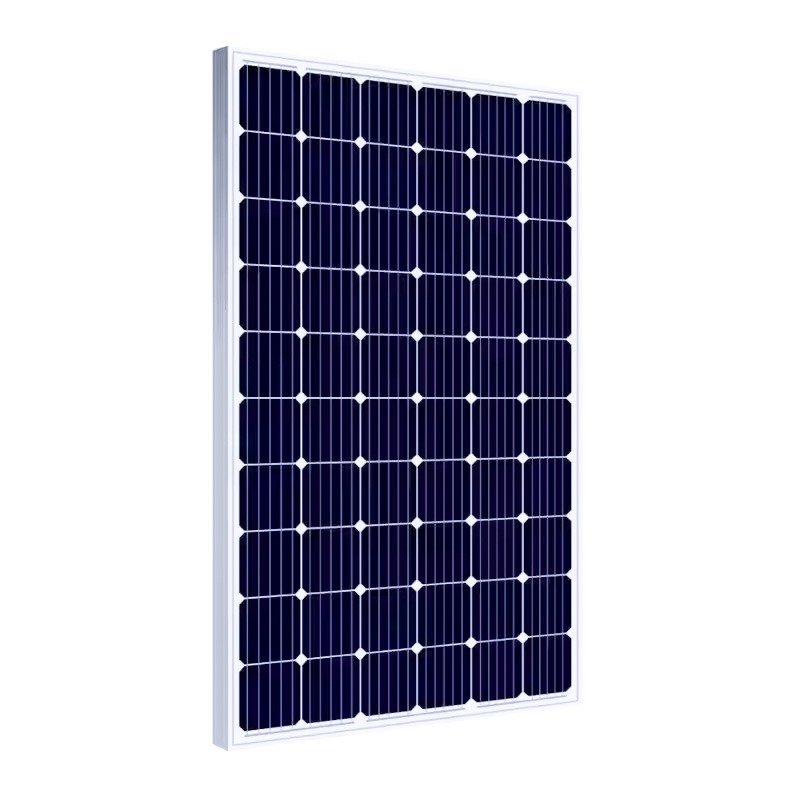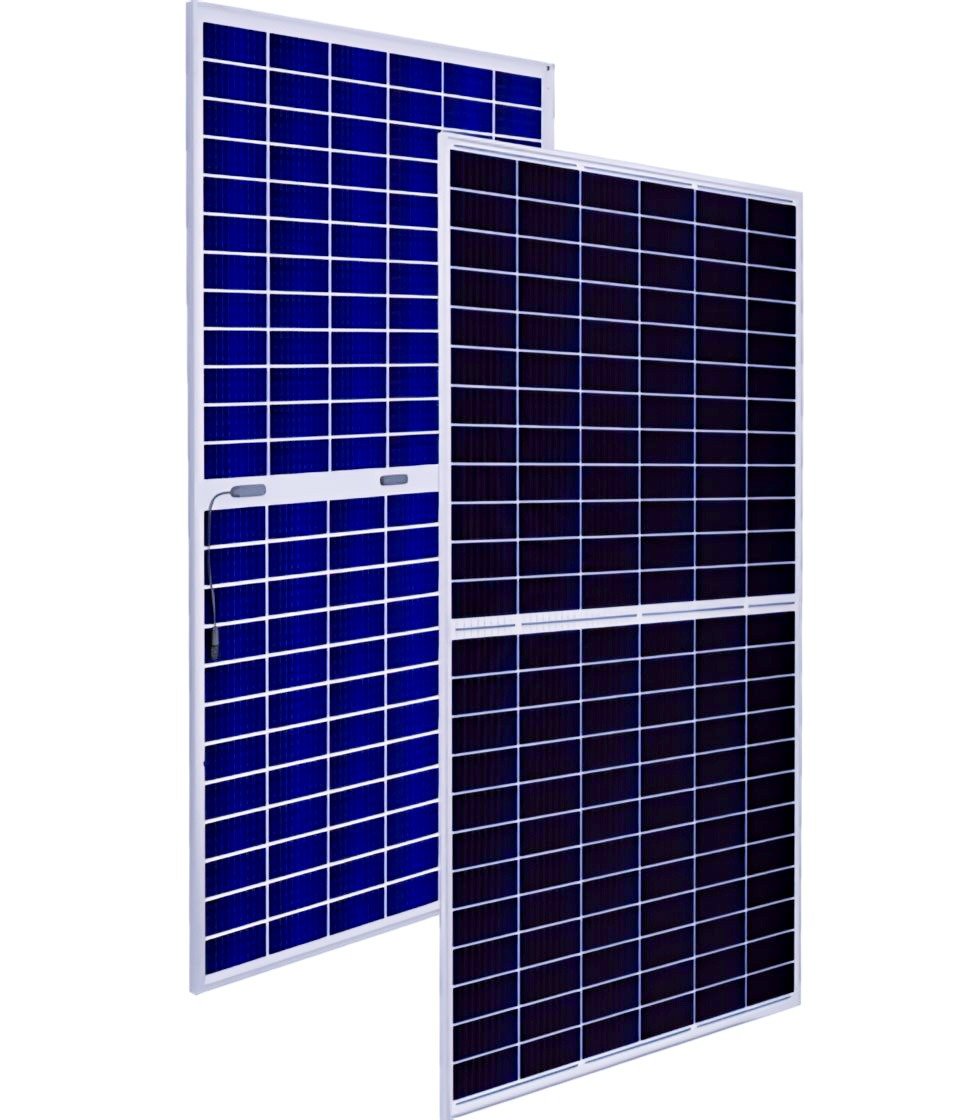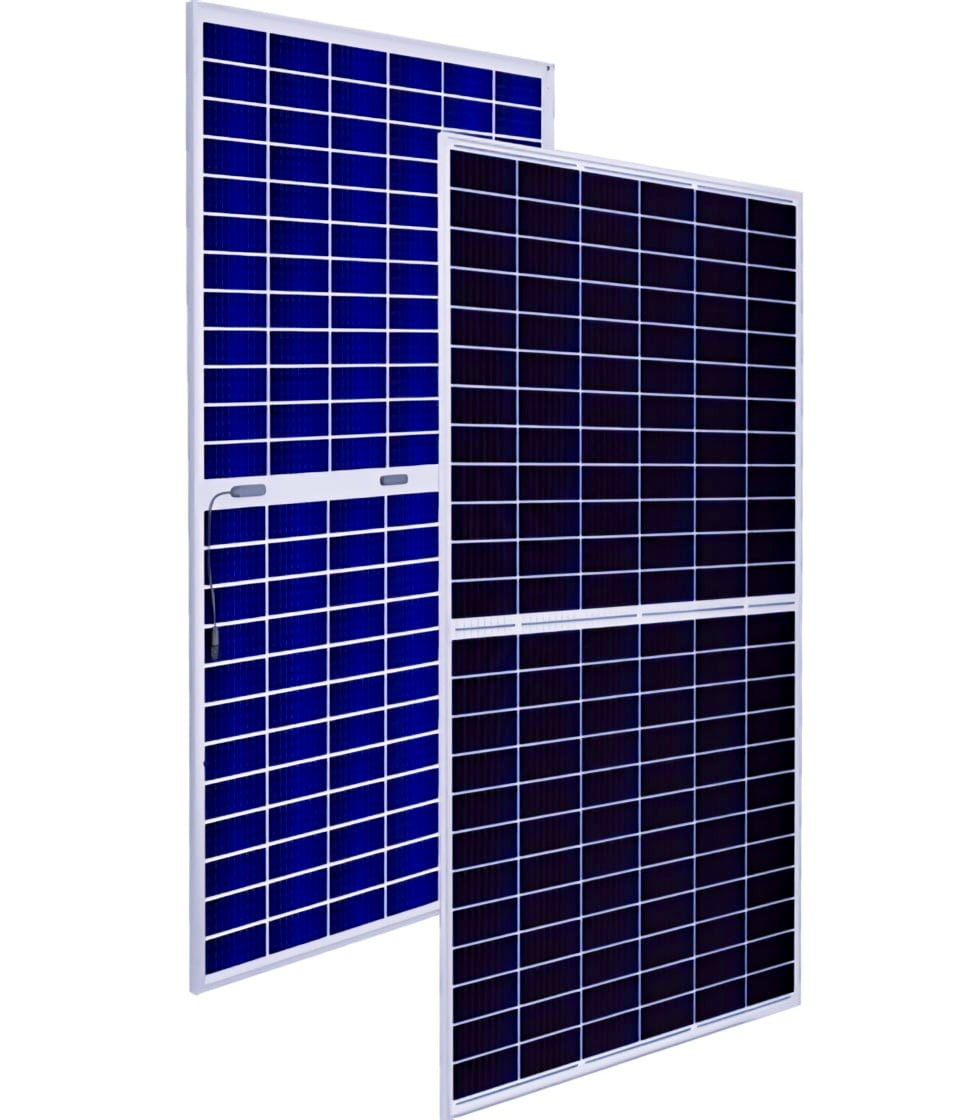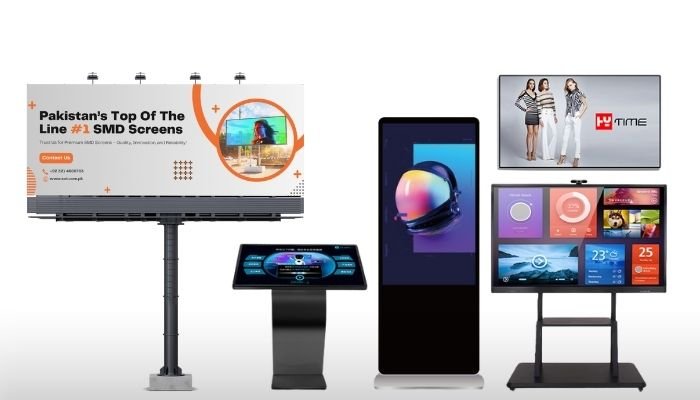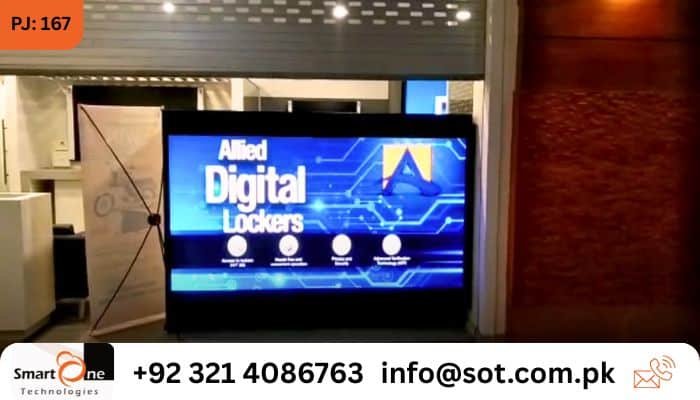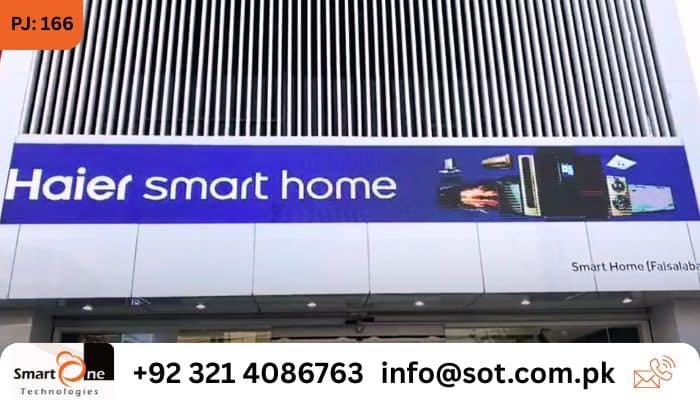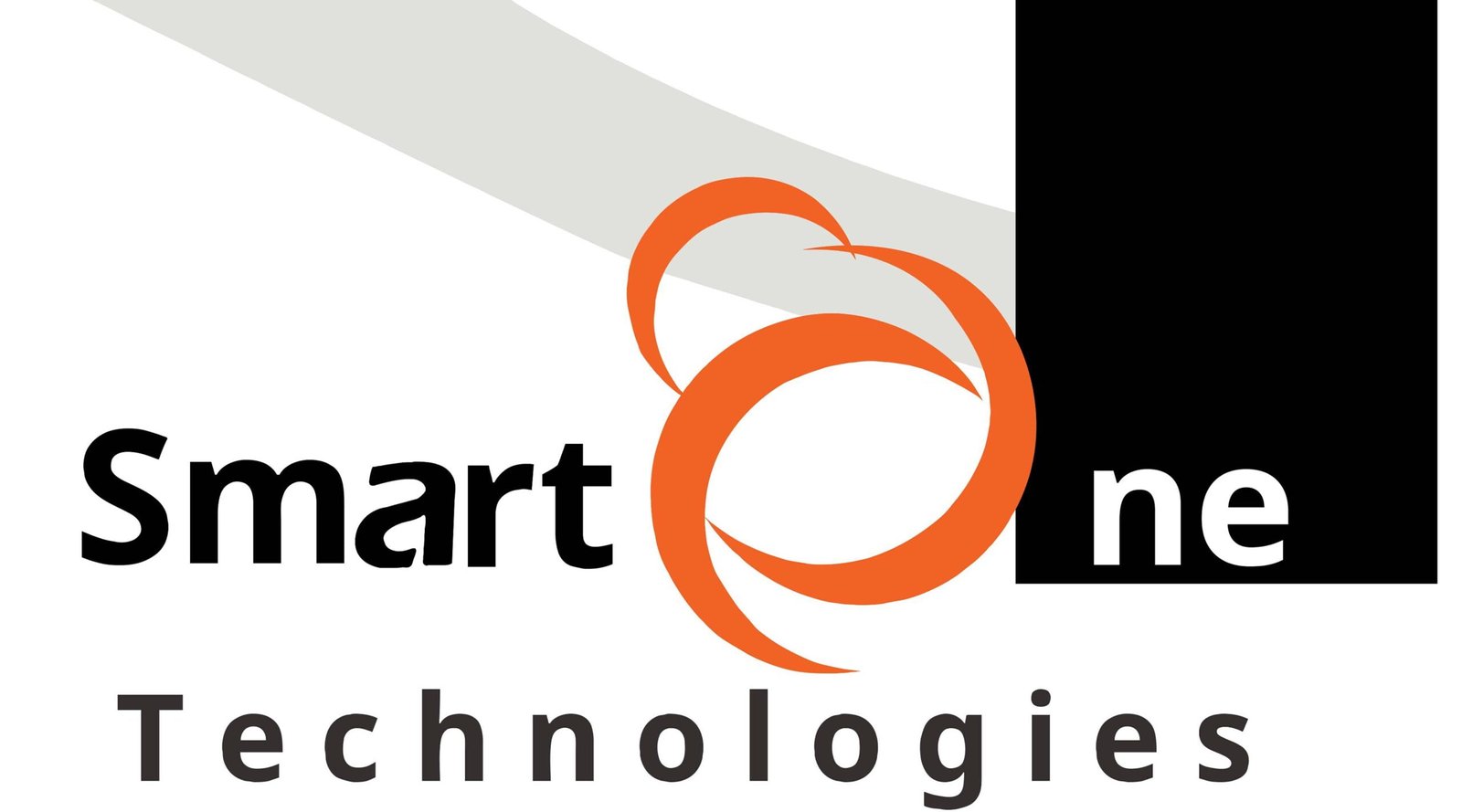An LED Smart Panel transforms traditional teaching and presentations into powerful, interactive experiences. It’s not just a display screen — it’s a complete engagement tool. One of the biggest advantages is interactivity. Teachers and presenters can write, draw, and manipulate content directly on the screen, encouraging audience participation and making complex ideas easier to explain.
An LED Smart Panel offers a wide range of benefits for both teaching and presentations:
🔹 Interactive Learning:
It allows teachers and presenters to interact directly with the content using touch and digital pens, making lessons more engaging and fun.
🔹 Visual Clarity:
With bright LED displays and high resolution, content is easy to see from anywhere in the room — perfect for classrooms, meeting rooms, or conference halls.
🔹 Real-Time Collaboration:
Multiple users can write or draw at the same time, encouraging teamwork and interactive discussions.
🔹 Multimedia Integration:
Videos, images, web pages, and documents can all be displayed and annotated, offering dynamic and rich learning experiences.
🔹 Time-Saving Tools:
Teachers can save, share, or print notes directly from the board — no need to rewrite or re-explain.
🔹 Device Connectivity:
LED Smart Boards connect easily with laptops, tablets, and smartphones, making it simple to access and present digital content.
🔹 Eco-Friendly & Cost-Effective:
No need for chalk, markers, or paper — everything is digital, reducing waste and recurring supply costs.
LED Smart Panel make teaching and presenting more interactive, efficient, and impactful — ideal for modern classrooms and professional environments.
Choosing the right multimedia projector it’s important to consider several key features to ensure you get the best performance for your needs Whether you're presenting in a boardroom, teaching in a classroom, or building a home theater, here are the key features you should never overlook:
🔹 Brightness (Lumens):
The brightness level determines how well the image will show in different lighting conditions. For dim rooms, 2,000–3,000 lumens may be enough. For brighter spaces like classrooms or meeting rooms, go for 3,500+ lumens.
🔹 Resolution:
Higher resolution means sharper and clearer images. Look for at least 1080p (Full HD) for movies or detailed presentations. For professional or cinematic use, 4K resolution is even better.
🔹 Contrast Ratio:
A higher contrast ratio (e.g., 10,000:1 or higher) provides deeper blacks and more vivid colors. This is essential for a vibrant and rich viewing experience, especially in movies and videos.
🔹 Connectivity Options:
Check for multiple input ports like HDMI, VGA, USB, and audio jacks. Wireless connectivity (Wi-Fi, Bluetooth, screen mirroring) is also a big plus for modern usage.
🔹 Lamp Life:
Projectors with longer lamp life (10,000+ hours) reduce maintenance and replacement costs. Some LED projectors offer even longer lifespans.
🔹 Portability & Design:
If you need to move the projector around, choose a lightweight and compact design. Built-in speakers or carrying handles can also add convenience.
🔹 Keystone Correction & Lens Shift:
These features help you adjust the image to fit your screen perfectly, even if the projector is placed at an angle.
🔹 Built-in Features:
Look for features like built-in media players, speakers, Android OS, memory card slots, or even pre-installed apps if you're using it for entertainment.
🔹 Throw Ratio & Screen Size:
Make sure the projector can cover your desired screen size from the distance available. Short-throw projectors are ideal for small spaces.
A best multimedia projector combines power, clarity, and convenience. It's not just a tool — it's your window to impressive presentations, engaging lessons, and immersive entertainment. Evaluate these features based on your use case—home theater, business presentations, or education—to select the best projector.
The difference between a home audio system and a professional sound system lies in their design, performance, and purpose.
A home audio system is built for personal entertainment in small spaces like living rooms or bedrooms. It prioritizes user-friendly controls, aesthetic appeal, and comfort. These systems are ideal for watching movies, listening to music, or casual gaming. They often include features like Bluetooth, smart connectivity, and compact speakers with balanced sound for close-range listening.
In contrast, a professional sound system is engineered for large venues, public events, concerts, auditoriums, or corporate spaces. It focuses on power, clarity, and scalability. Professional systems use high-powered speakers, mixers, amplifiers, and advanced audio processors to deliver loud, crisp, and distortion-free sound—even across large areas or noisy environments.
While home audio systems are plug-and-play, professional systems often require expert installation, acoustic calibration, and sometimes real-time monitoring by sound engineers.


